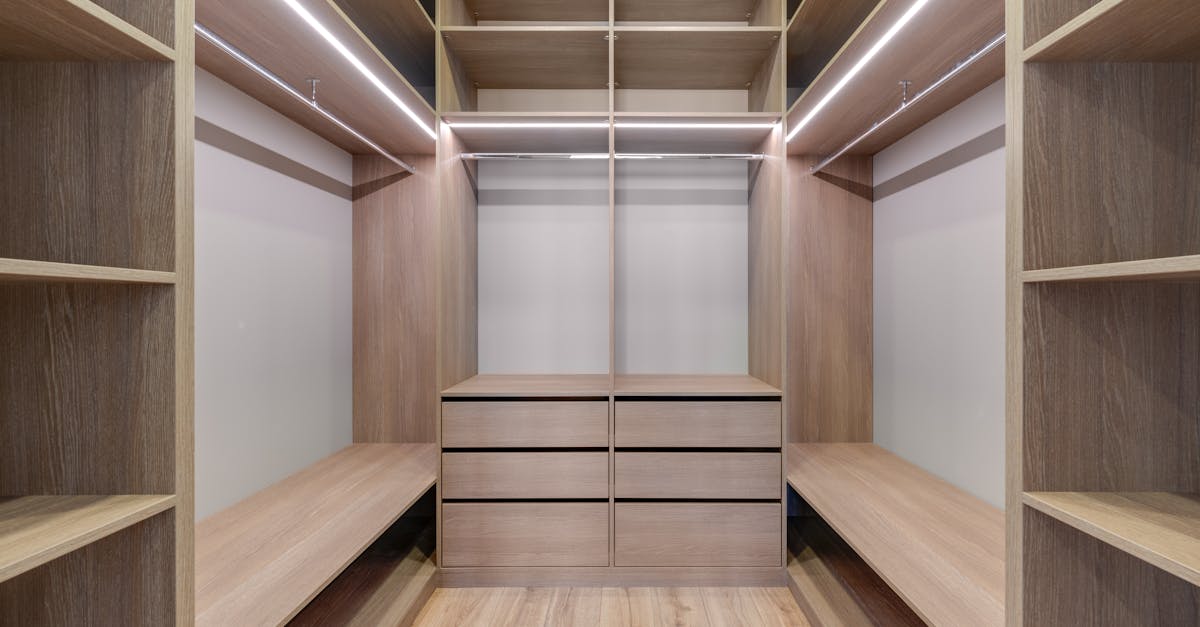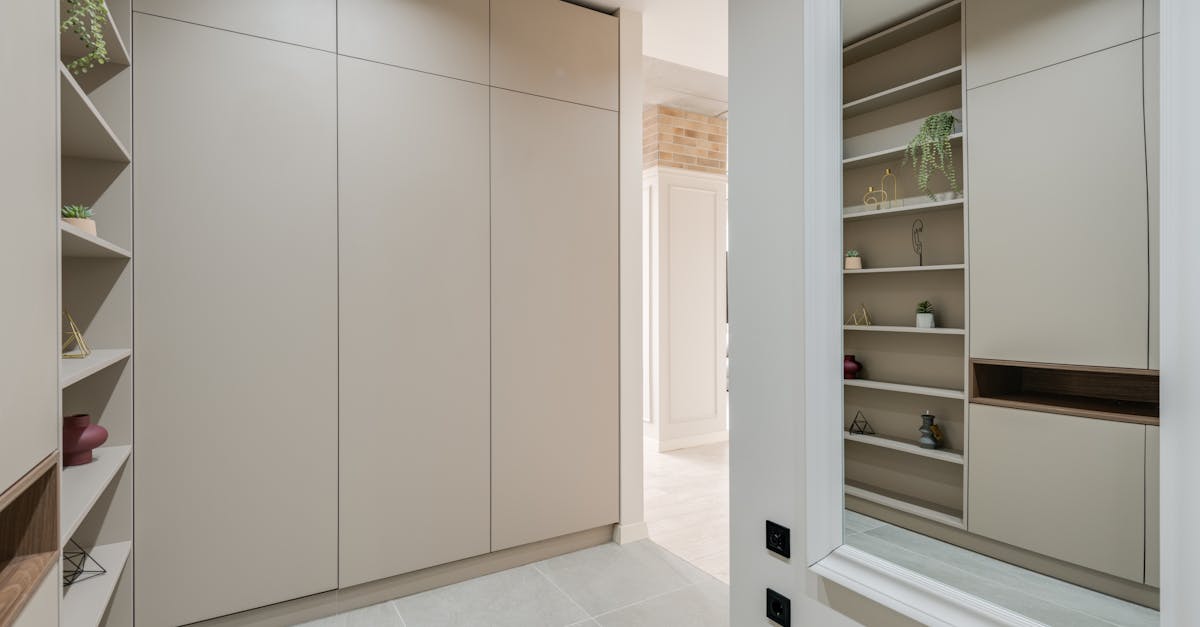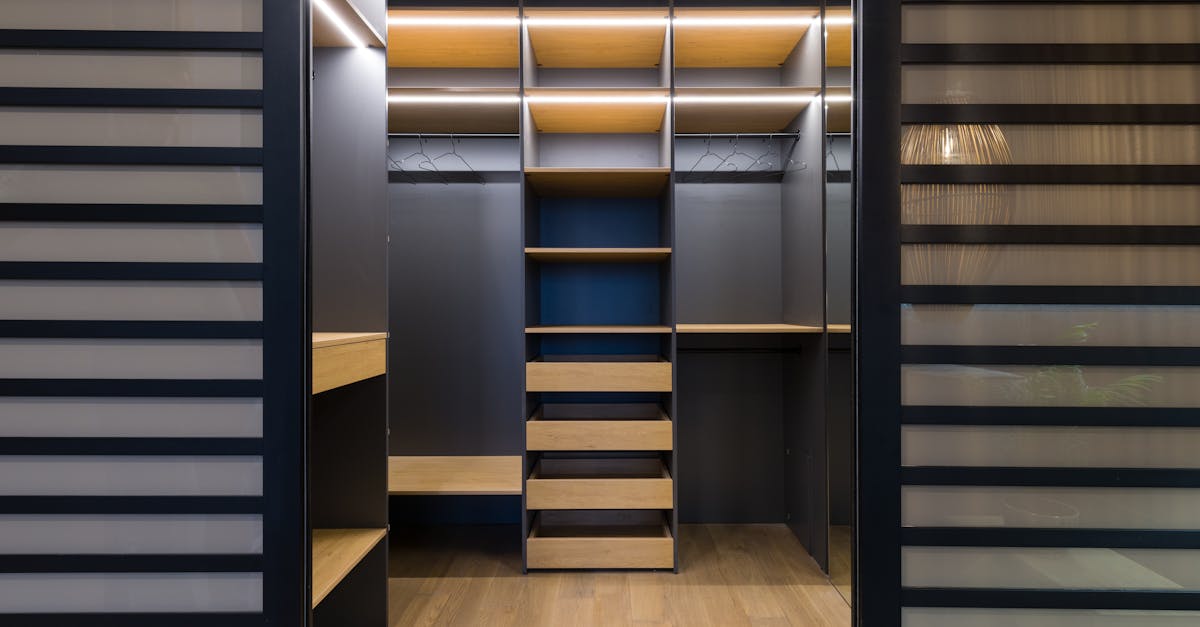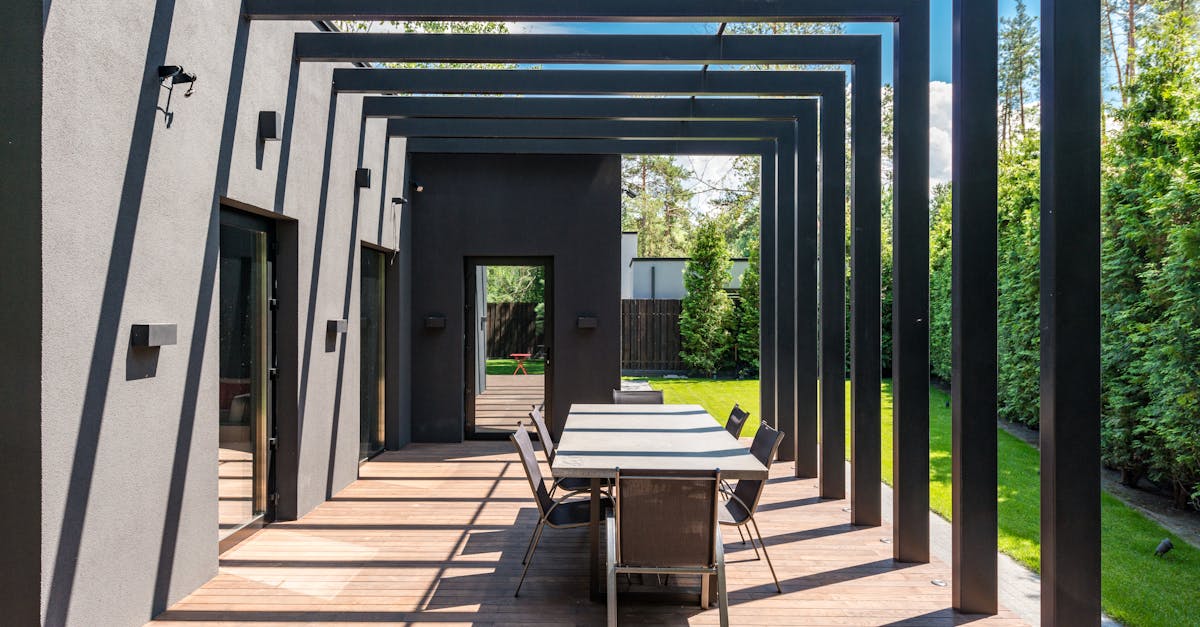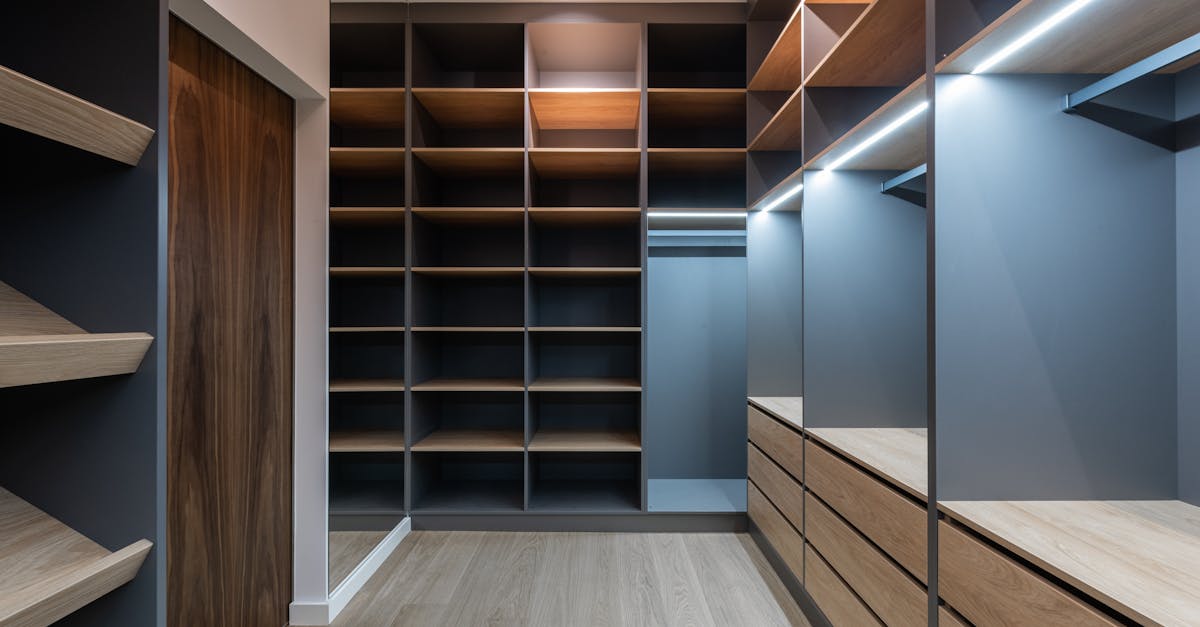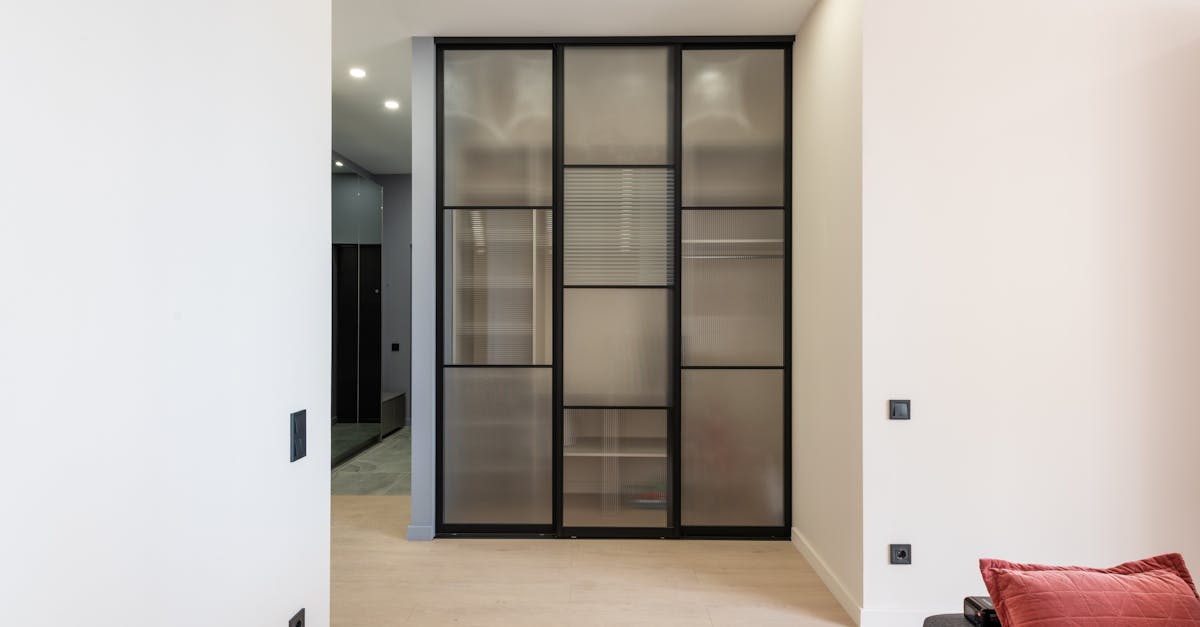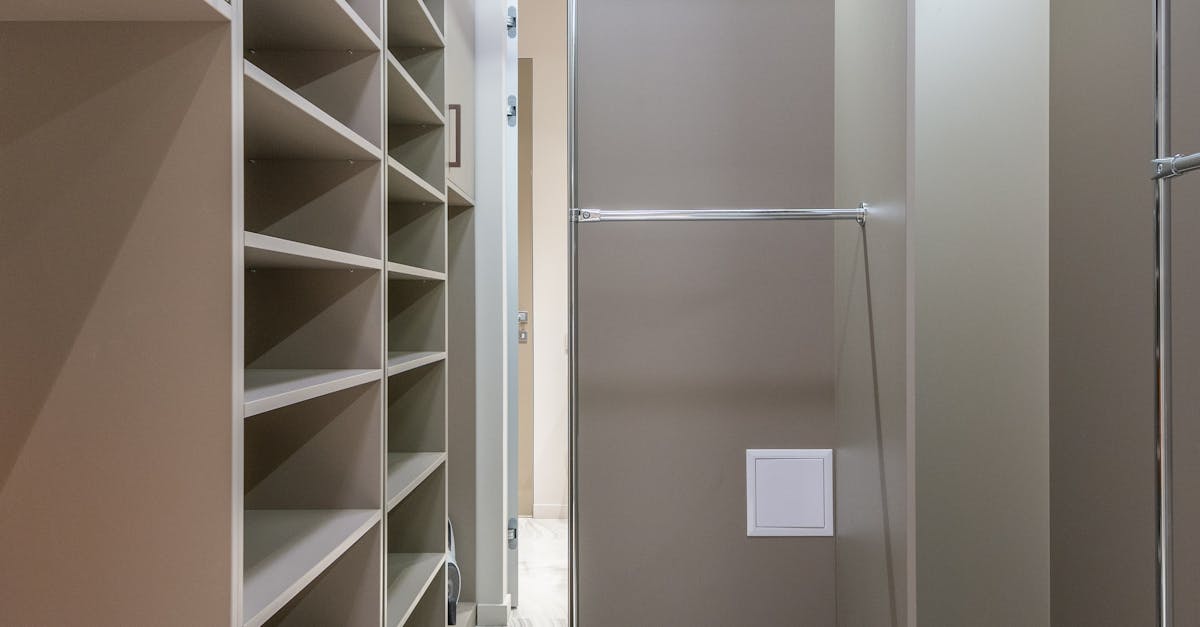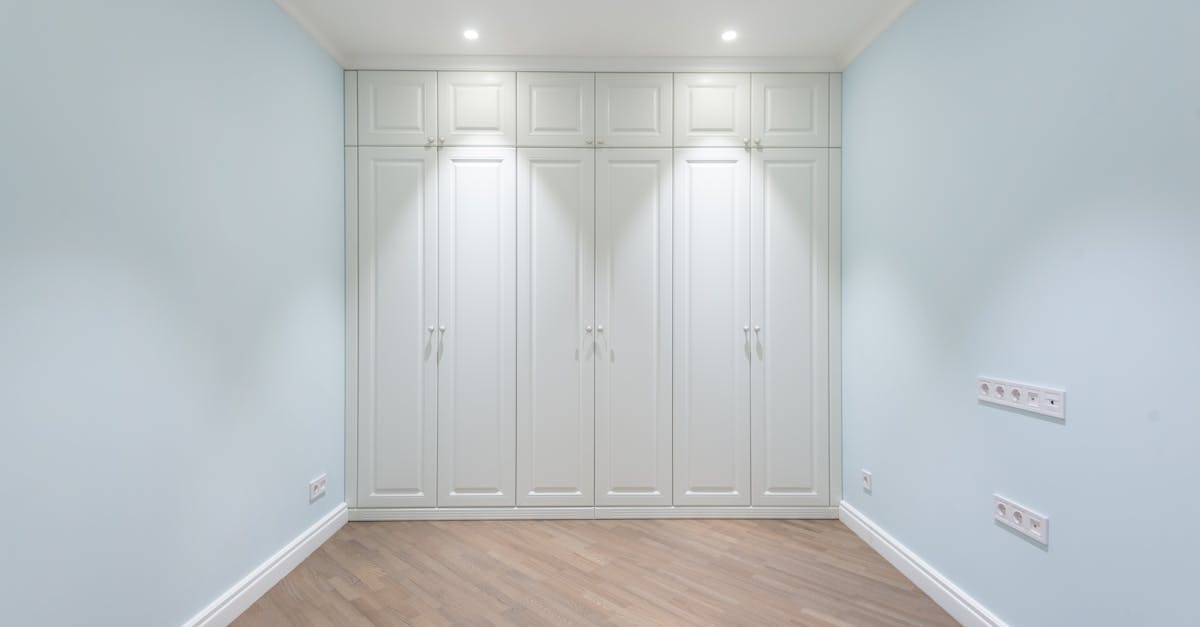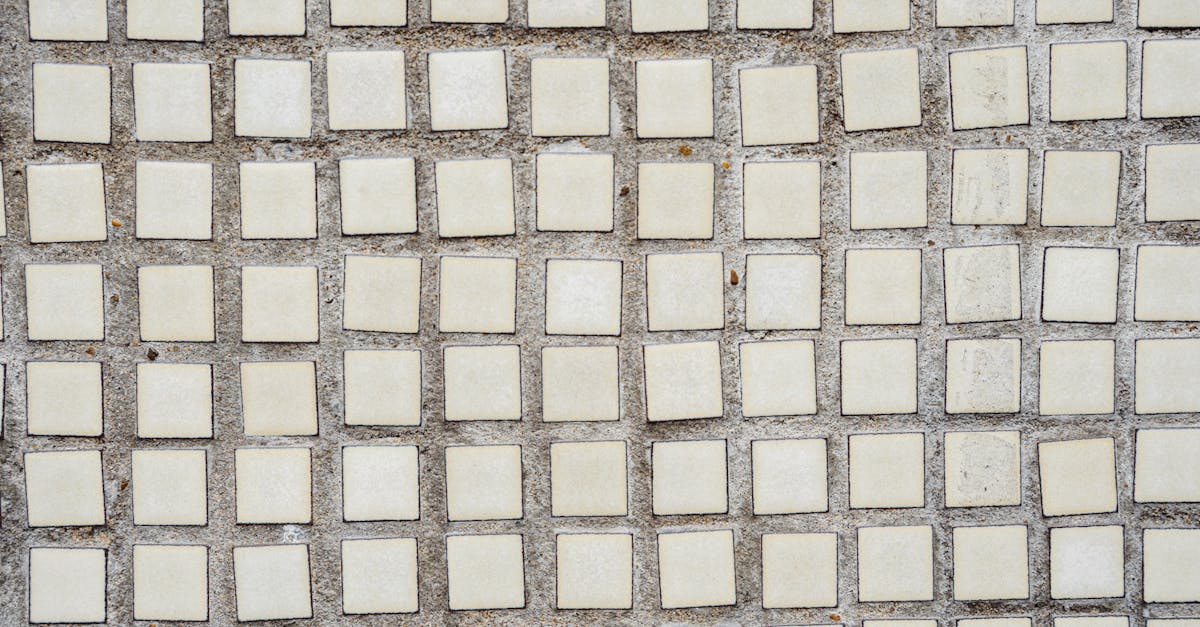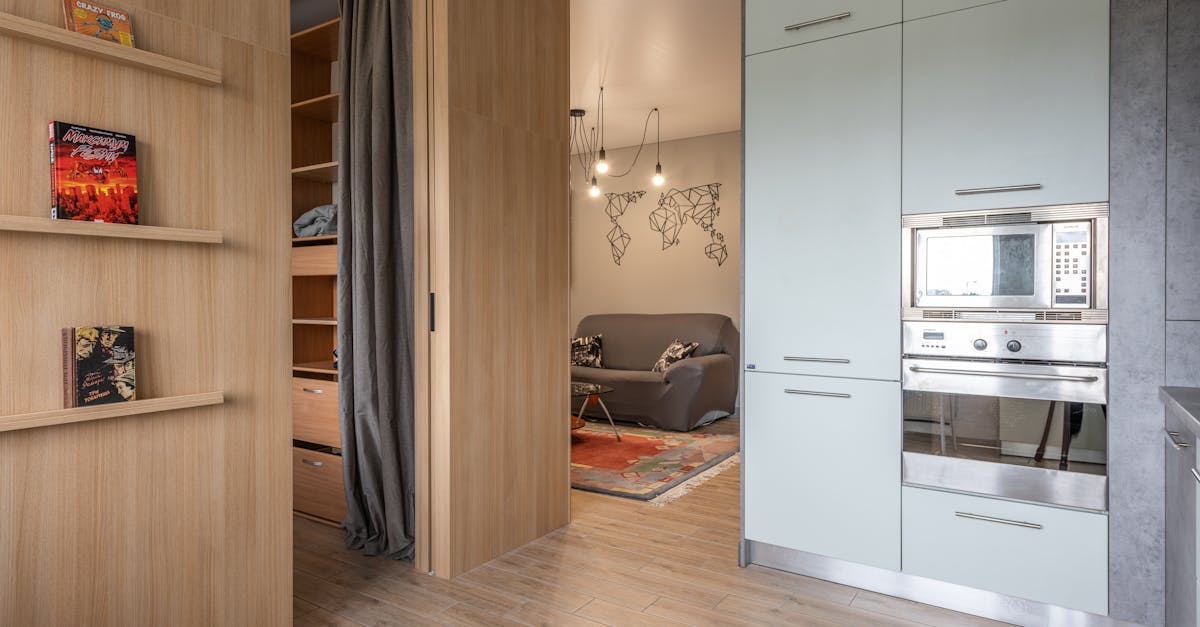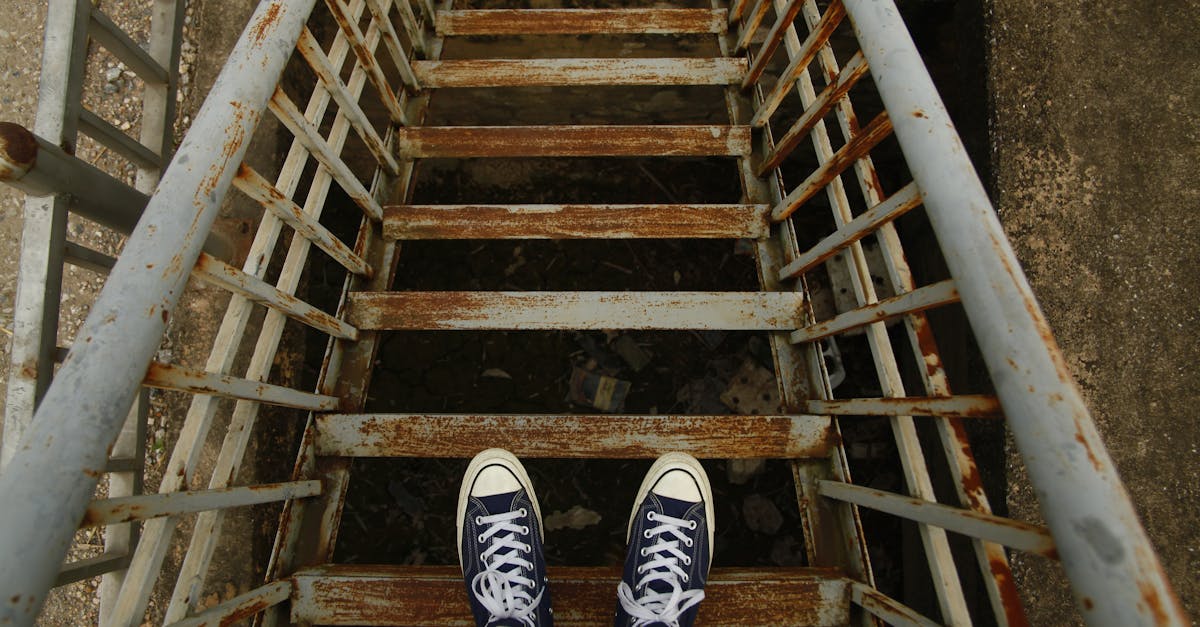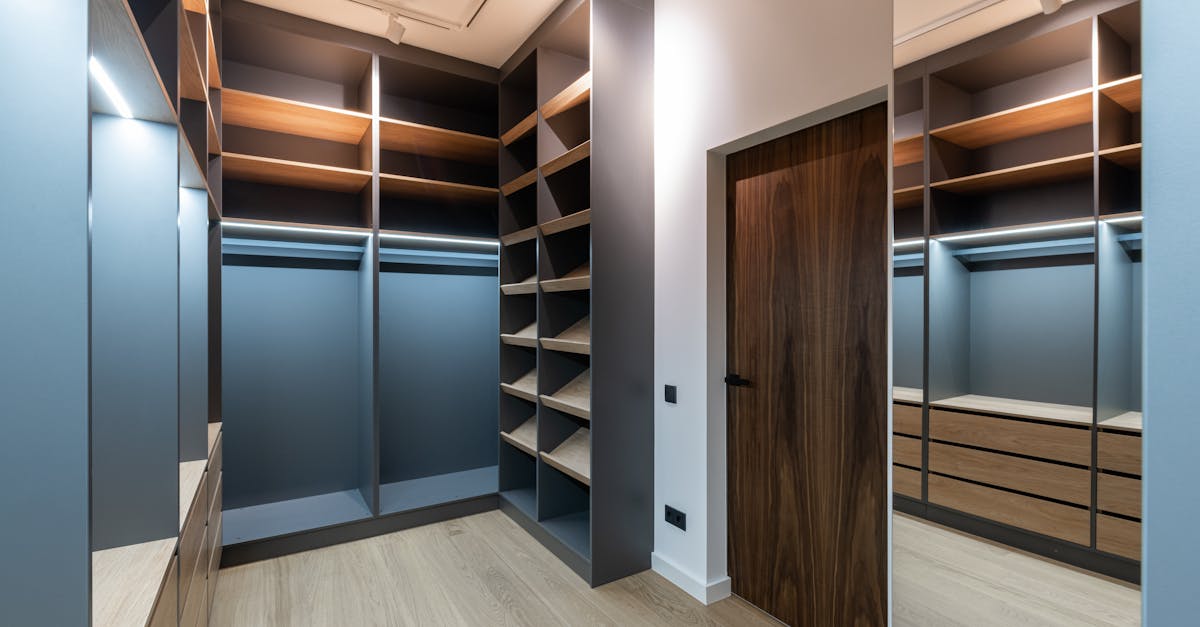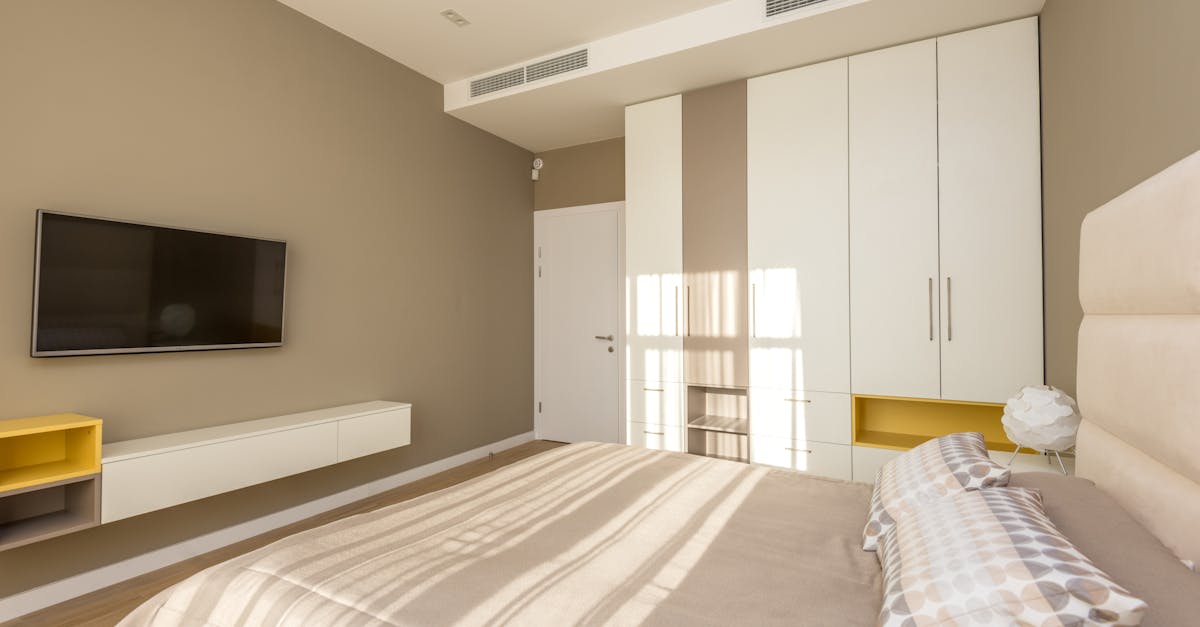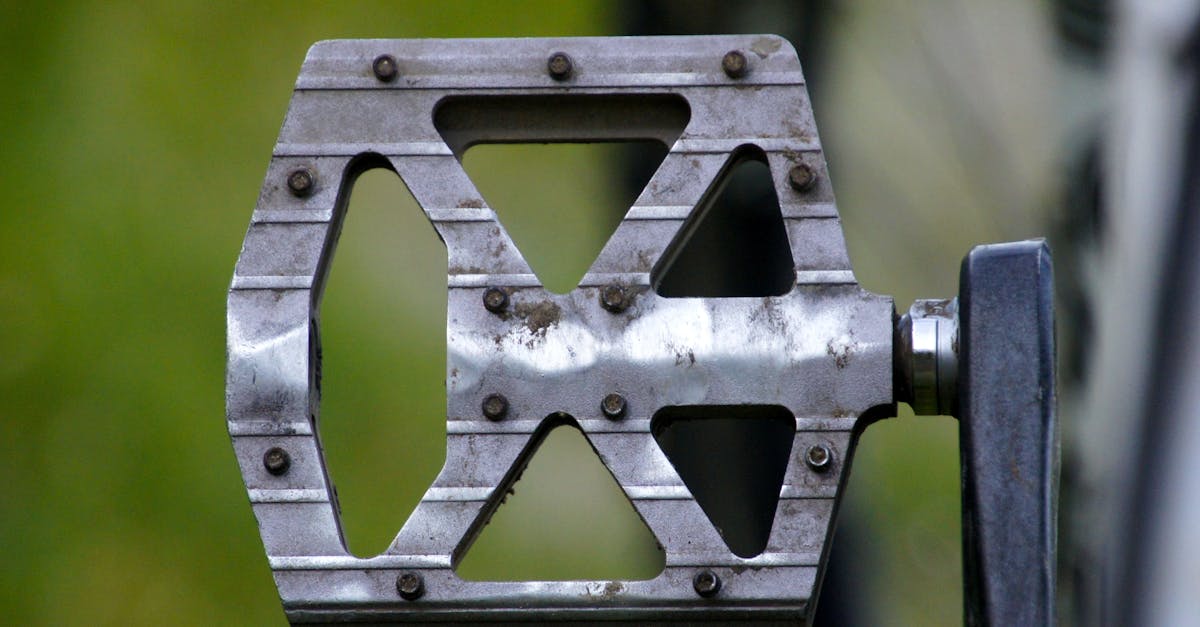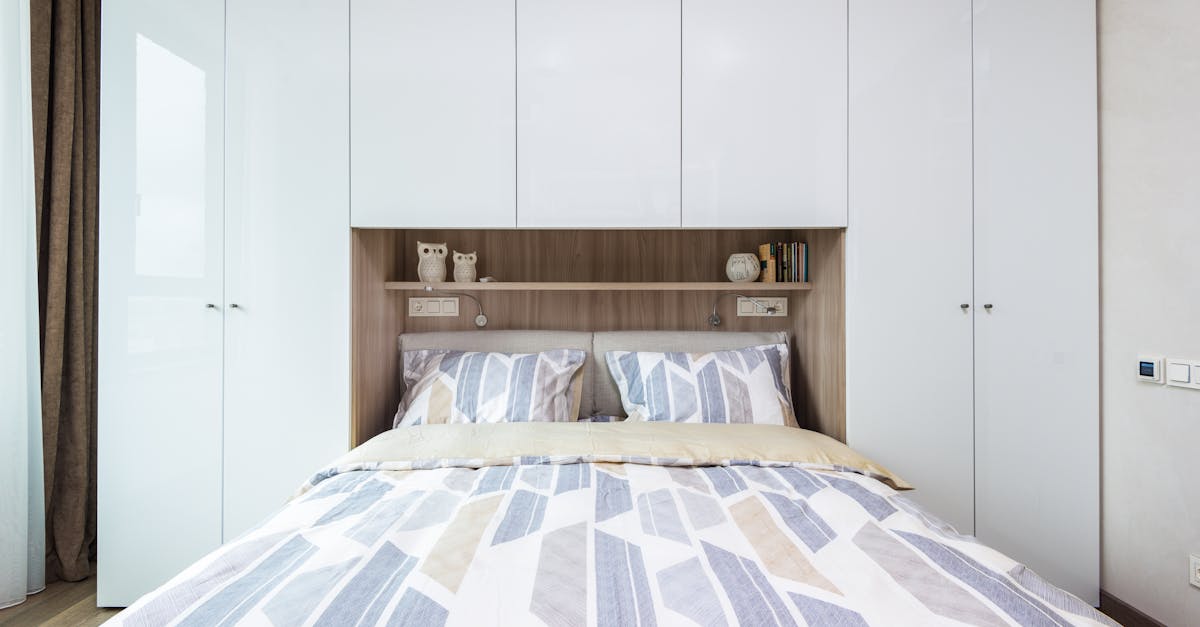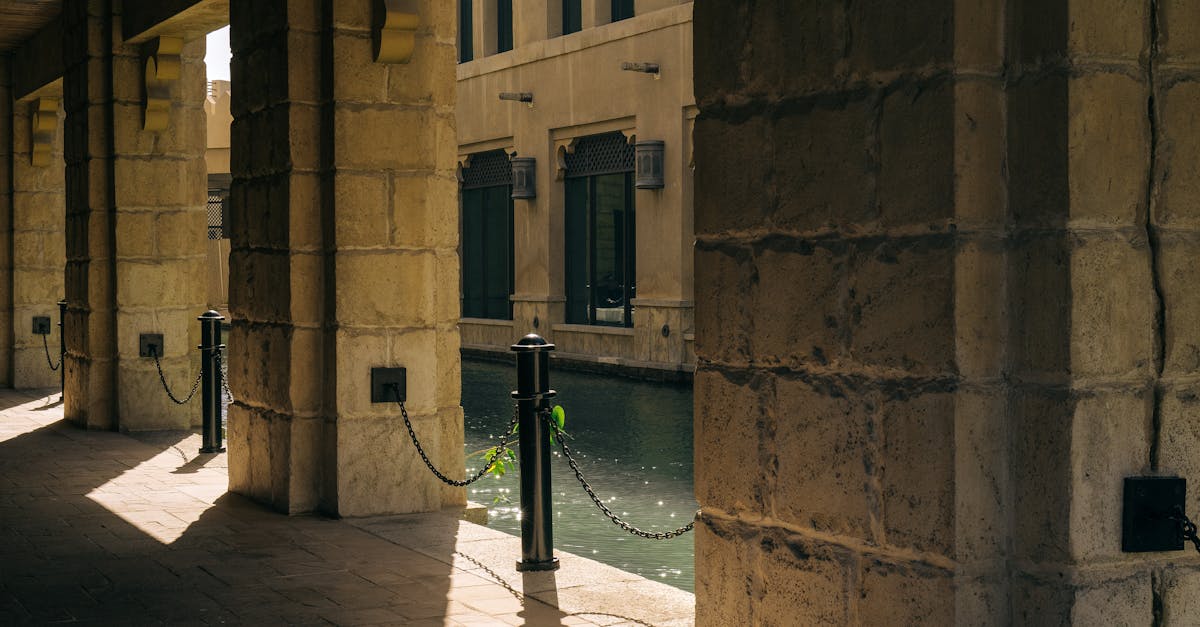
Table Of Contents
Implementing a Zone System
A zone system can significantly enhance the functionality of built-in wardrobes. By defining specific areas for various clothing types and accessories, you create a streamlined organization that allows for quick and easy access. Group similar items together, such as formal wear, casual clothing, and workout gear. This method helps to prevent clutter and ensures that everything has a designated space, reducing the time spent searching for specific pieces.
Incorporating a zone system also allows for better usability of space. Consider how frequently you wear each type of clothing and allocate areas accordingly. More commonly used items can reside at eye level while less frequently worn clothes can be stored higher or in less accessible spots. Utilize bins or baskets within each zone to keep smaller items organized. This approach transforms your built-in wardrobe from merely functional to an efficient system tailored to your lifestyle.
Creating Dedicated Areas for Different Categories
Creating dedicated areas within built-in wardrobes is essential for maintaining organization and efficiency. Start by categorizing your clothing and accessories into clear sections. Designate spots for everyday wear, work attire, formal outfits, and casual pieces. This straightforward approach allows for quick access to what you need and helps prevent chaos during busy mornings.
Incorporating labeled bins, boxes, or dividers can enhance this organization further. For instance, separate drawers for accessories like belts, scarves, and jewelry will keep everything in its place. Utilizing the full height and depth of built-in wardrobes ensures that each item has a designated space, reducing clutter and making it easier to maintain overall organization.
Incorporating Seasonal Rotation
Incorporating seasonal rotation into your built-in wardrobes allows for efficient use of space throughout the year. Start by evaluating your current wardrobe contents and identifying which items are suitable for each season. Store out-of-season clothing in labeled bins or vacuum-sealed bags to minimize clutter and maximize available space. This method not only keeps your built-in wardrobe organized but also makes it easier to access the pieces you need each season.
When the temperatures begin to change, switch out your wardrobe items promptly. Place seasonal clothing at the forefront for easy access while relocating off-season items to the back or higher shelves. Keeping your built-in wardrobes well-arranged in this manner helps maintain an organized aesthetic and ensures that your clothing selection aligns with the current weather conditions.
Storing Off-Season Items Effectively
When it comes to storing off-season items effectively in built-in wardrobes, consider using space-saving solutions. Vacuum-sealed bags can dramatically reduce the bulk of seasonal clothing, allowing for more efficient use of available space. Storing these bags at the top or bottom of the wardrobe helps keep them out of sight while still accessible when needed. Ensure that each item is clean and dry before packing away to avoid any unpleasant odors or damage.
In addition to vacuum bags, utilize sturdy bins or boxes for items like out-of-season shoes and extra bedding. Labeling these containers enhances organization and simplifies the search for specific items during seasonal transitions. Placing the bins on shelves within your built-in wardrobes creates a neat and tidy appearance, making it easier to maintain order and retrieve items as the seasons change.
Organizing Accessories
Organizing accessories in built-in wardrobes can greatly enhance your overall storage efficiency. Utilizing trays for smaller items like belts, scarves, and jewelry provides an organized approach that allows for easy access. Try grouping similar accessories together in designated trays to keep them orderly and visually appealing. For hanging accessories such as necklaces or ties, consider incorporating hooks that can be mounted inside the wardrobe. Hooks can save space and prevent tangling, making it simpler to choose the right accessory.
Dividers can also play a crucial role in organizing accessories within built-in wardrobes. They help separate items like sunglasses, watches, and hats to prevent clutter. Choose adjustable dividers that can be tailored to the size of your accessories, ensuring a perfect fit. This versatile storage method not only declutters the space but also allows you to see all your accessories at a glance, streamlining your daily routine.
Using Trays, Hooks, and Dividers
Trays, hooks, and dividers can enhance the organization of accessories within built-in wardrobes, ensuring that everything has its designated place. Using trays allows for smaller items like jewelry or belts to be grouped together, making them easily accessible while preventing tangling or misplacement. Hooks are ideal for hanging scarves, hats, or bags, keeping these items visible and ready for use, optimizing the available vertical space.
Dividers serve as excellent tools for separating different categories of accessories. In built-in wardrobes, they can create distinct sections for shoes, handbags, or other items, streamlining the process of finding what you need. By implementing these organizational tools, you not only create a sense of order but also enhance the functionality of your built-in wardrobe, transforming it into a more efficient storage solution.
FAQS
What is a zone system for organizing a wardrobe?
A zone system involves dividing your wardrobe into specific areas or zones dedicated to different categories of items, such as clothing types, occasions, or seasons, to improve organization and efficiency.
How can I create dedicated areas for different categories in my wardrobe?
You can create dedicated areas by grouping similar items together, such as all work clothes in one section, casual wear in another, and accessories in a separate area. Use dividers or bins to maintain these categories.
What are some effective ways to store off-season items?
Off-season items can be stored effectively using vacuum bags, bins, or under-bed storage containers. Make sure to label the containers to easily find your seasonal items when needed.
How can I organize my accessories within my built-in wardrobe?
Organizing accessories can be done using trays, hooks, and dividers. Trays can hold smaller items like jewelry, hooks can store bags or scarves, and dividers can keep items like belts or ties neatly separated.
How often should I rotate my wardrobe seasonally?
It is recommended to rotate your wardrobe seasonally, typically every six months, to ensure you’re using the appropriate clothing for the current season and to keep your wardrobe fresh and organized.

